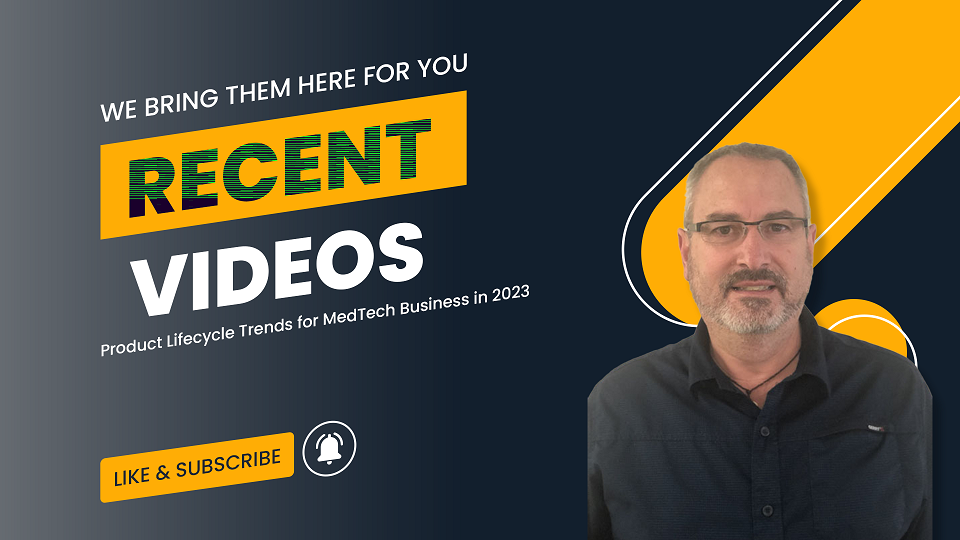
A great mentor of mine used to tell me, “Releasing an Engineerng Change Order (ECO) is easy, it’s making sure the ECO gets implemented that’s tough.” Now, years later, I find that’s often still true.
Why does this problem persist for so many companies?
Maybe it has to do with how most companies approach business process development and improvement. Maybe we need to improve process improvement before we can improve our business processes.
Where do we start? Typically, we start at the beginning.
It’s easy to understand what information needs to be collected at the beginning of the ECO process. A new part wants to be released. Or, a change needs to be made to an existing item. You’ll need an attribute to provide the description of the change. And, if you want the change order to actually be signed off, it’s good to include an attribute to explain the reason for the change order. A list of affected items is needed, along with their new revisions.
Understanding the needs and goals of the originator is easy. But will starting your analysis at the beginning of the process provide an adequate focus on the consumers of the information at the end of the process? This includes the implementers, anyone who reports on the process, and possibly other stakeholders according to your corporate needs.
I suggest you start your analysis at the end of the process. Usually, this means talking to whoever receives the ECO process reports when the final metrics are done. What do they think about the data they receive on a monthly, quarterly, or annual basis? Is the information helpful? Or does it simply check off a box for compliance to ISO review requirements? Do the reports provide clear directions or areas for improvements in efficiency, cost, or customer satisfaction? If not, why are the reports being generated? What kind of actionable data would align with the corporate goals and roadmap?
These questions may seem obvious, but you’d be surprised how often they aren’t asked during the investigation phase of improving any business process, including the ECO workflow and form. Once you have these answers you can begin to build a process that will provide the information executives and other stakeholders actually want to see.
Now that you’ve visited the end of the line, it’s time to take a step back and address the needs of the action owners responsible to complete tasks after the release of the ECO. To simplify our example, let’s look directly at the issue of implementation. Most PLM forms nowadays will have disposition attributes for each affected item. Do the options available for these attributes (scrap, rework, etc.) provide sufficient instructions for the person doing the work? What other activities need to happen for this ECO to be fully implemented? Do parts need to be ordered? Is new tooling required? Does documentation such as work instructions, testing requirements, or inspection criteria need to be updated. Do changes need to be made to sales or marketing materials or websites? How should this information be conveyed to the appropriate personnel? In other words, has a comprehensive implementation plan been determined, and what is the best way to distribute that information?
If you thought I was going to tell you that it’s time to have a chat with the stakeholders responsible for each of these job functions, you’d be right. Does the ECO form provide enough information for them to carry out their work? If not, how will that information be provided to them? How can the form be improved to provide clear and complete instructions?
With each step backwards, you move toward the beginning of the process gaining a more coherent and comprehensive understanding of what output is needed from those earliest stages.
When you start your analysis at the end of the process, you’ll know what information needs to be collected at the beginning of the process. You’re in a much better position to design data collection that will serve the needs of the people who need to act on it. In fact, the same can be said for most business processes managed by your PLM system.
A strong understanding of the final output and desired results for any process will provide the guidepost needed to reach your ultimate goal. Instead of asking “What happens first?” try asking “What happens last?” It could just change your entire approach to business process improvement.

We are a premier PLM (Product Lifecycle Management) solution provider. With decades of industry experience, we offer a spectrum of services, from consulting to system implementations and support. Our dedicated team collaborates with clients to understand their corporate goals, identify challenges, and devise strategic solutions to ensure success in the evolving digital landscape.

Take the guesswork out of PLM transformation.
Click edit button to change this text. Lorem ipsum dolor sit amet, consectetur adipiscing elit
Let’s advance your PLM capabilities. Contact us today.
Copyright © 2023 Domain Systems, Inc.
All rights reserved